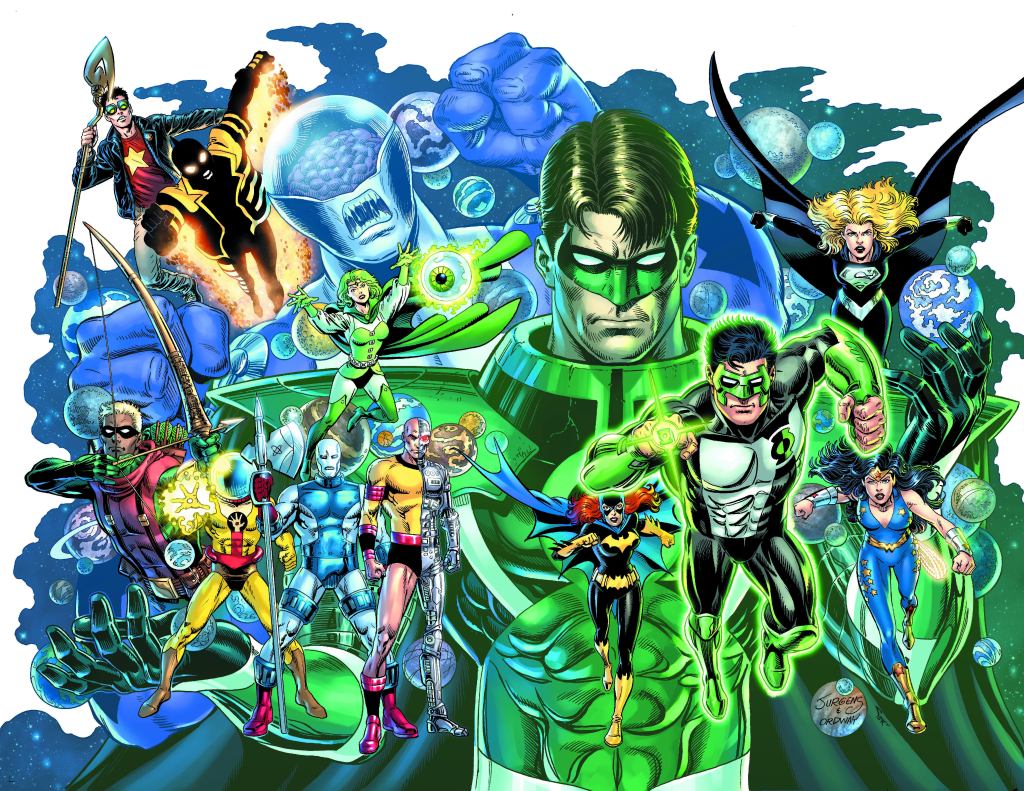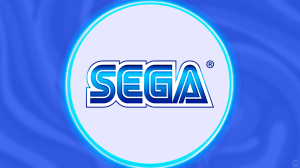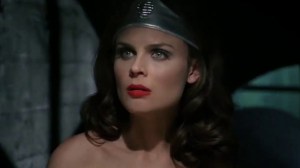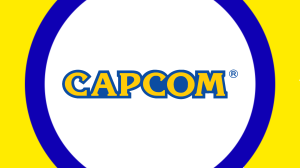The Zero Hour 30th-Anniversary Special is the latest in a series of one-shots from DC, revisiting some of the company’s biggest hits from the ’90s. From writers Dan Jurgens (The Death of Superman) and Ron Marz (Green Lantern: Emerald Twilight), the one-shot successfully captures the feeling of the early ’90s at DC by recruiting artists from the time, most of whom haven’t lost a step in the interim. The issue centers on Kyle Rayner, following him into a pocket dimension created by Parallax following his failure in Zero Hour. As the villain had originally planned, this pocket dimension is a place where Coast City was saved and Parallax could rule over Earth.
Videos by ComicBook.com
On the other hand, this Zero Hour reality is stuck in a half-remembered version of the 1990s DC Universe. Superman is still dead and Bruce Wayne/Batman is still in a wheelchair. The look and makeup of Earth’s protectors have changed quite a bit, and they’re all trying to deal with the fact that their reality is now dying.

The story itself is easy to follow if you’ve read Zero Hour: A Crisis in Time — and why are you reading an anniversary special if you never gave the original a look? — but it can’t hurt to brush up on that story before diving into this one. Jurgens and Marz craft a story that’s reminiscent of Zero Hour, which was a crossover event where a lot of stuff was happening, but the characters themselves really didn’t understand why. Staying true to that, the nature of the book’s reality and the nature of the ultimate conflict isn’t revealed until about 2/3 of the way through the book.
While Jurgens wrote and drew the original Zero Hour — while doing Superman, which means he wrote and drew five books that released that month! — he recruited Ron Marz to help with this issue, which was a good idea. Since much of this story takes place in an alternate timeline, where the heroes’ personalities and motivations are different from what the readers expect, it’s comforting to have Kyle, our point-of-view character, so well-defined.
The issue is also largely free of the kind of tongue-in-cheek observations about the ’90s or the DC multiverse that you might expect. There’s no meta-commentary on the original event; it’s a fairly straightforward continuation, building off an idea that a lot of readers toyed with back then: what if Hal Jordan had succeeded in creating his “perfect” DC Universe?
With period-accurate talent both in the writing and the art, the Zero Hour 30th-Anniversary Special feels less like a celebration of Zero Hour itself and more like a celebration of DC in the era during which Zero Hour was published. By the time Zero Hour took place, Batman and Superman were back in action after the events of Doomsday! and Knightfall, but since the death of Superman and the breaking of the Bat were such seminal pieces of ’90s mythology, this universe exists in a place where they were never undone. But you can’t just assume it’s the ’90s and that’s all you need to know, because Parallax has seen to it that there’s no Green Lantern Corps in this universe, either.

This timeline feels like one that’s ripe for exploration, which is only unfortunate because it feels like there’s no way to dig into its backstory without undermining this issue or having Parallax’s timeline wear out its welcome.
As with last year’s 30th-anniversary celebration of The Reign of the Supermen!, this issue does its best to utilize its multiple artists in a way that makes sense, and mostly succeeds. Many of the art teams have a style that blends pretty easily together; if you didn’t know Paul Pelletier and Dan Jurgens’s art pretty well, you could carry over between the two and not feel like there’s been a jarring stylistic change. The same is true for Darryl Banks and Jerry Ordway, or Tom Grummett and any of the aforementioned.
The two segments that really stand out in terms of style are Kelley Jones — who introduces us to a new, Batman-free Gotham — and Howard Porter, who takes up art chores during the big, climactic battle. If there’s one misfire, it’s probably that placement, since Porter’s art is so stylistically different from the segments before and after it, and since they’re all part of one long, continuous scene. The art itself is strong, and as always, Howard Porter’s visual storytelling is unimpeachable, but slotting it in where they did created a jarring effect. The segment illustrated by Jones is arguably the weakest artistically of the bunch, relying heavily on pinup-style poses for a lot of its big moments, but it’s also designed to be a harsh transition, between Kyle Rayner and Wally West fighting sci-fi supervillains and over to street-level Gotham, so that transition works well.
Darryl Banks, Kelley Jones, Tom Grummett, Norm Rapmund, Jerry Ordway, Paul Pelletier, Howard Porter, Dan Jurgens, and Brett Breeding are all credited on art, with Alex Sinclair on colors and Troy Peteri on letters. Other period-appropriate artists contribute pinups to the issue, including Denys Cowan and Chris Sotomayor; Jon Bogdanove and Alex Sinclair; Tony Harris; Rick Leonardi and Matt Herms; Chris Sprouse, Karl Story, and Guy Major; and Nicola Scott and Annett Kwok.
The art is helpfully labeled throughout, so that when there’s a creative change, you’ll know it, and the pinups are interesting: there’s a Starman pinup by Tony Harris that’s not only a lovely piece, but it’s exciting to see, since it’s so rare to get a Jack Knight appearance at all (he also features in this story itself). Jon Bogdanove, a style chameleon who did a variant cover for the issue featuring numerous different takes on Hal Jordan from throughout the decades, brings clean linework to a pinup featuring a wheelchair-riding Bruce Wayne visiting Superman’s grave. The pinups are surprisingly relevant to the story itself while also being more general “’90s DC” pinups, suggesting that from top to bottom, a lot of thought went into this project.
That is, maybe, the biggest revelation to come out of the Death of Superman, Reign of the Supermen!, and now Zero Hour anniversary one-shots: these aren’t being rolled out as lazy cash grabs, telling a forgettable story with cheap talent. The projects seem to be crafted lovingly, whether it’s Jurgens himself (who has been involved with all three) or DC editorial who puts that level of attention to detail in. Like Zero Hour itself, this one-shot moves around a lot and can be periodically jarring, but ultimately holds up to scrutiny and will reward audiences on repeated readings.
Published by DC
On August 28, 2024
Written by Dan Jurgens & Ron Marz
Art by Darryl Banks, Kelley Jones, Tom Grummett, Norm Rapmund, Jerry Ordway, Paul Pelletier, Howard Porter, Dan Jurgens, and Brett Breeding
Colors by Alex Sinclair
Letters by Troy Peteri
Cover by Dan Jurgens (plus lots of variants)








